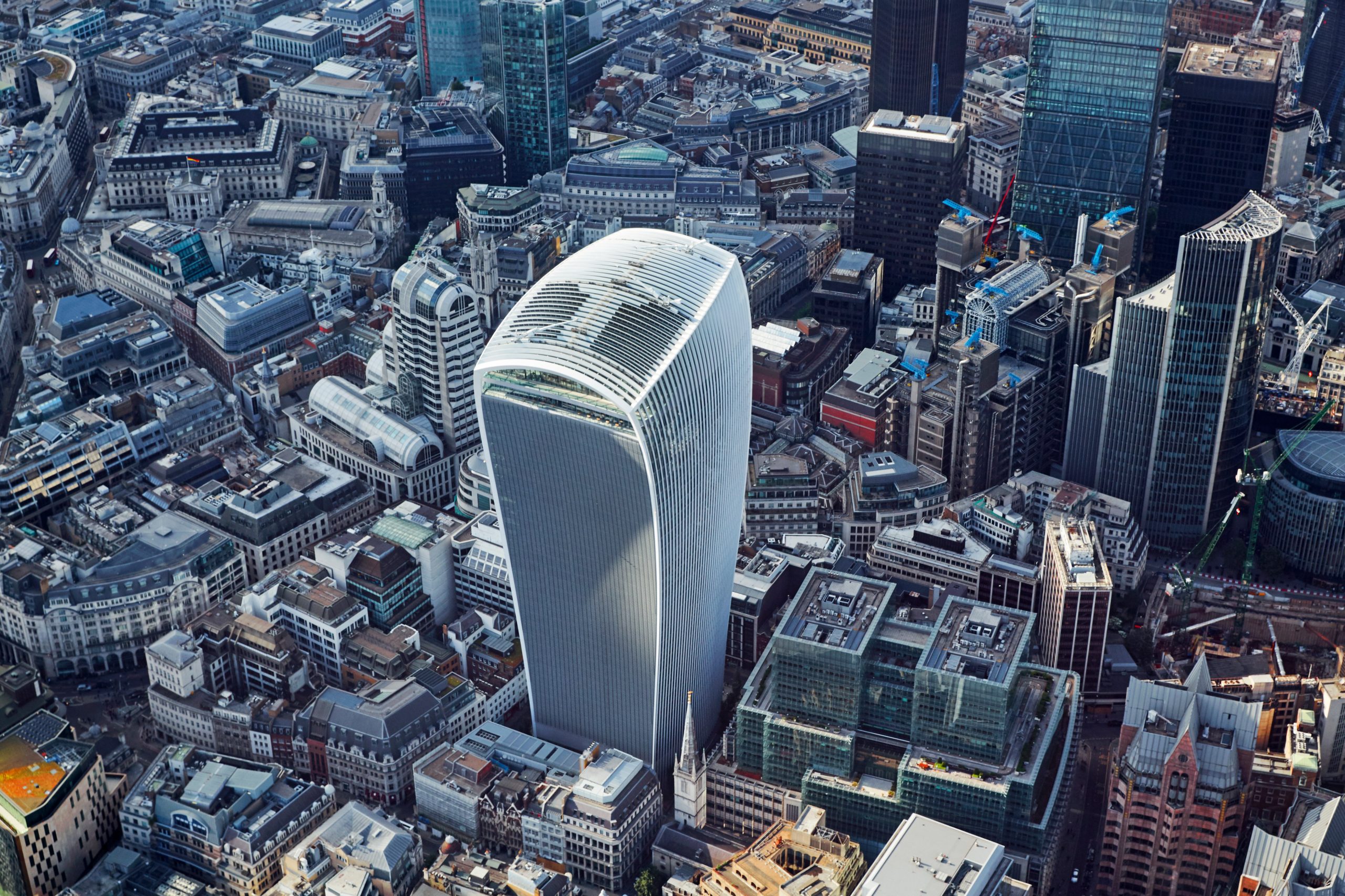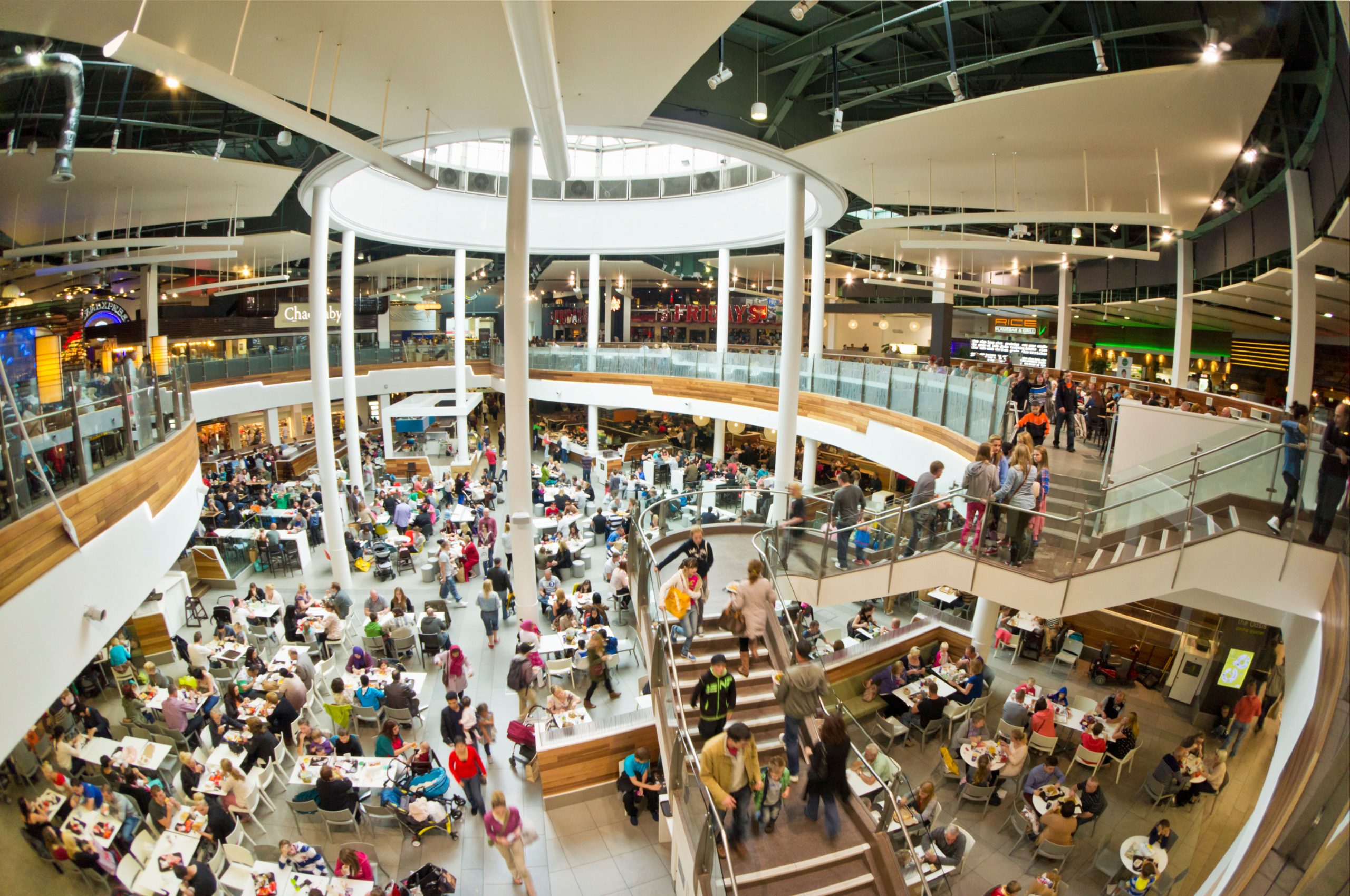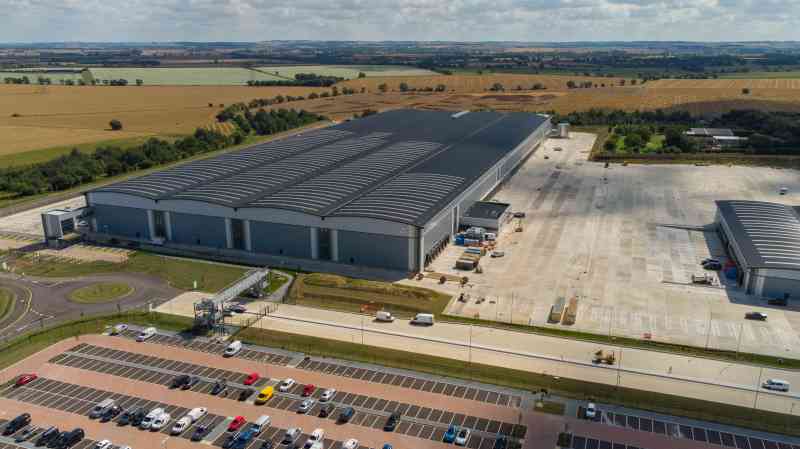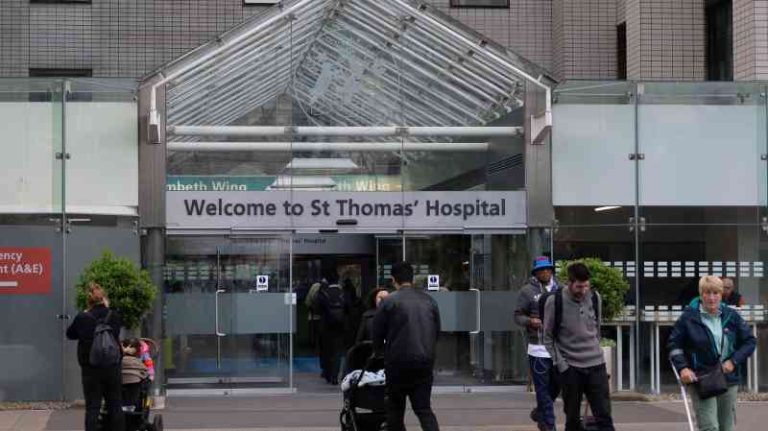New kids on the block revel in a shedload of money
There was a time, not that long ago, when Britain’s commercial property market was dominated by the likes of British Land and Land Securities. The former was known as the owner of the Meadowhall shopping centre in Sheffield and the Cheesegrater tower in the City of London; the latter built 20 Fenchurch Street, better known as the Walkie Talkie, another skyscraper in the capital, and it still owns most of the vast Bluewater mall in Kent.
Times, though, have changed. Long-established players associated with some of the country’s most famous landmarks have been usurped by less glamorous rivals behind the big metal boxes that line the UK’s motorways.
For example, there is Segro, the owner of Slough Estates, which toppled both British Land and Landsec a while ago to become the biggest commercial property landlord listed on the London stock market. In contrast, British Land’s stock has fallen so far that it has slipped into the FTSE 250, the second tier of the London Stock Exchange. Taking its place in the FTSE 100? LondonMetric, the owner of £6 billion of warehouses.

Tritax Big Box, which specialises in “mega sheds”, is on the cusp of joining it among the City’s elite. From almost nowhere, it has become the fifth largest property stock listed in London. The exchange confirmed last week that, should things stay as they are, Big Box will win promotion at the next reshuffle this month.
LondonMetric and Big Box are new kids on the block. While Landsec’s origins date back to the Second World War and British Land’s to almost a century before that, LondonMetric was founded in 2007. Big Box came even later, at the end of 2013.
After merging this year with UK Commercial Property Reit, a smaller industry peer, Big Box owns a portfolio of mostly warehouses worth about £6.4 billion, from which it earns £300 million or so every year in rent. It counts Amazon, Ocado, B&Q and Argos among its tenants.
As such, it sits in the property sector’s sweet spot. The broader commercial property market has struggled in recent years, but logistics and industrial assets (warehouses to most people) have bucked the trend. Over the past decade, the value of warehouses has risen by an average of 79 per cent, according to data from MSCI. The values of offices have fallen by 20 per cent over that time. Retail properties have lost 35 per cent of their value.

CBRE, the commercial property agent, estimates that in 2014 a warehouse would rent for an average of about £8.60 per sq ft per year. Today that figure is £16.70, an increase of 94 per cent, although in some places that reaches £20-plus. Meanwhile, retail rents are 14 per cent lower and office rents have risen by only 27 per cent in the past ten years. There is a definitely a pattern here.
Warehouses started to take off as online shopping gained in popularity. Retailers and their delivery companies needed more space in which to store their goods before they were sent off in the back of a lorry.
“Every time I spoke to the retailers, and I spoke to retailers every day, [they’d say] ‘Jonesy, I’ve got a lot of shops, but what I could really do with are some better sheds,’ ” Andrew Jones, now the chief executive of LondonMetric but who was British Land’s head of retail, said. “They weren’t sure their logistics infrastructure was fit for purpose as they started to see this diversion of trade from in-store to online.”
The pandemic was a boon in more ways than one. As well as boosting online shopping, the disruption it caused prompted businesses to rethink their supply chains. Since then many have decided to hold more of their stock closer to their final customers, while others are doing more of their manufacturing in Britain rather than in far-flung places.

That trend of so-called near-shoring has amplified the need for warehouse space — and it is not only retailers demanding it. According to one warehouse owner, it is “a broad church now, in terms of occupiers. The days are gone when you thought it would be an MOT station or a metal-basher or a tyre shop. It could be a gym, we’ve got film studios, microbreweries and coffee-roasting facilities. If I have a warehouse to lease in Birmingham or in Crawley, I haven’t got a cat in hell’s chance of guessing which business will take it.”
At the peak of the pandemic, leasing agents warned that the amount of available warehouse space in the UK was “critically low”, with less than 2 per cent of all sheds being vacant. That vacancy rate has moved back up to 5.5 per cent, but that is still below the pre-pandemic average of just over 6 per cent. It also compares favourably with other types of commercial property. Almost a fifth of shop units in British malls are empty, while the vacancy rate for offices is expected to surpass 10 per cent in the coming months, according to CoStar. The consensus in the commercial property industry is that Britain has about a fifth more office and retail space than it actually needs, yet most agree that more warehouses will need to be built to meet future demand.
While shops are closing and businesses are questioning their office needs, warehouse landlords are benefiting from the “stickiness” of their tenants. Segro said recently that 82 per cent of its tenants renewed their leases when their existing deal ended.
“These [warehouses] are not necessarily things of beauty, but they are mission-critical,” Jones said. “[A retailer] could lose a shop, but if you lose a warehouse that’s a proper issue. These are important cogs in the wheel.”
The likes of British Land and Landsec have hitched their wagons to retail and offices, but industry insiders are bemused by their reluctance to move into more popular parts of the market, such as logistics and student accommodation. The future of both offices and shops remains in the air, which partly explains why British Land and Landsec’s share prices remain so depressed. British Land’s shares trade at a 28.3 per cent discount to net asset value, while those of Landsec do so at a 27.5 per cent discount. Effectively, that’s the market saying that the value of those companies’ buildings will continue to fall.
Now look at the shed owners and student landlords: Segro’s discount to net asset value is 4.7 per cent, that of Big Box is 10 per cent and LondonMetric and Unite Group, the student accommodation group, trade at small premiums.
“You’ve got to pick the right train, preferably choose the best carriage and sit in the comfiest seats and then you’ll be fine,” Jones said. However, some of the legacy property companies “stayed on the wrong train. They might have the best assets in the best locations, but they’re in the wrong sectors. We’re on a train that’s taking us to the sunny parts. Some of those guys are going to the North Pole.”






